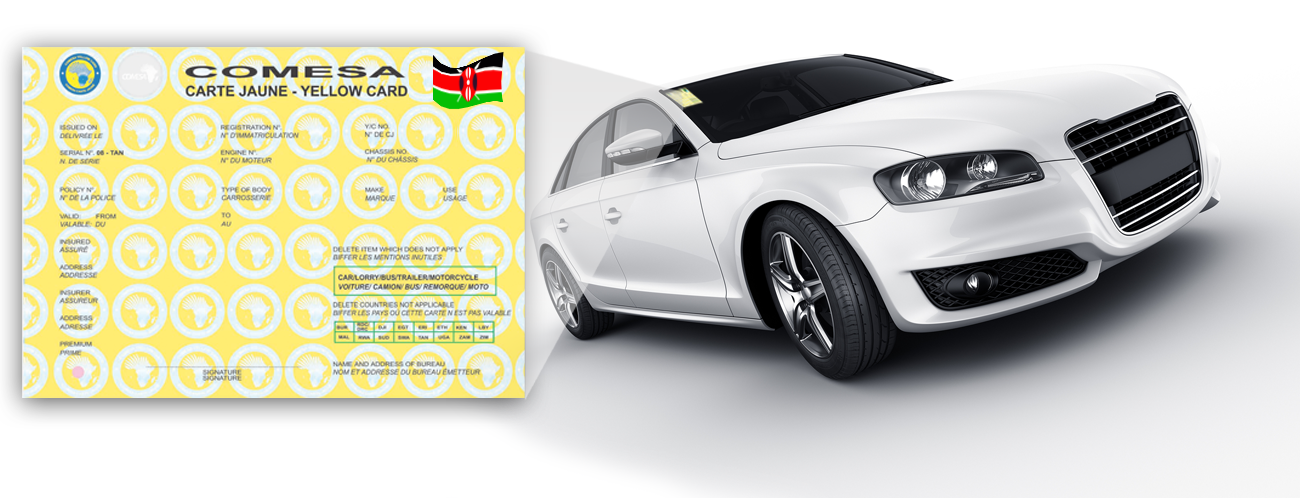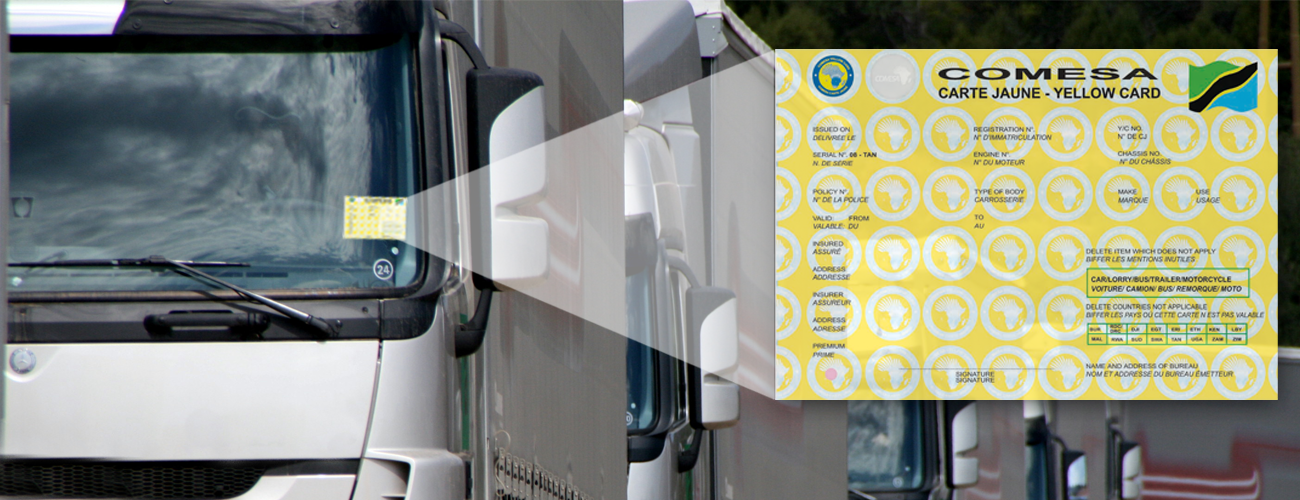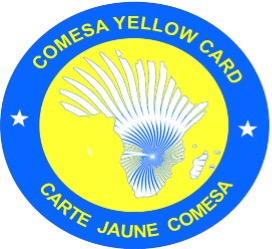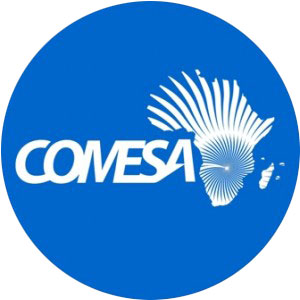




Home / The Scheme / Background
Background
Accordingly, the Council of Ministers at its sixth meeting, which was held in Bujumbura, Burundi in July, 1985 decided that a compulsory Third Party Motor Vehicle Insurance Scheme be established and the Protocol on the Establishment of the Third Party Motor Vehicle Insurance Scheme was signed on December 4, 1986 in Addis Ababa, Ethiopia by fourteen countries.
Following the signing of the agreement on the implementation of the Third Party Motor Vehicle Insurance Scheme, known as the Inter-Bureaux Agreement on April 26, 1987, Lusaka, Zambia (in conformity with the provisions of the Protocol by National Bureaux designated by governments to administer the operations of the Scheme in their countries ) and the ratification of the Protocol on the establishment of the Third Party Motor Vehicle Insurance by the eleven member countries, namely: Burundi, Ethiopia, Kenya, Rwanda, Swaziland, (then also Somalia), Tanzania, Uganda, Zambia and Zimbabwe. The COMESA Yellow Card Scheme was implemented and started its operations in the above member states.

